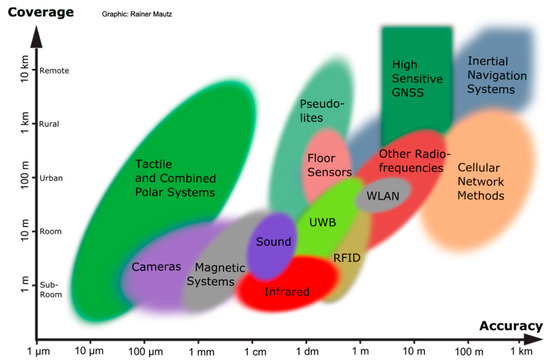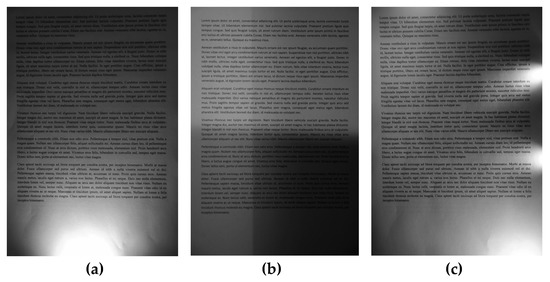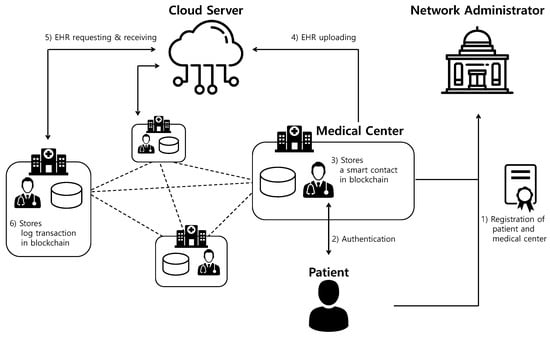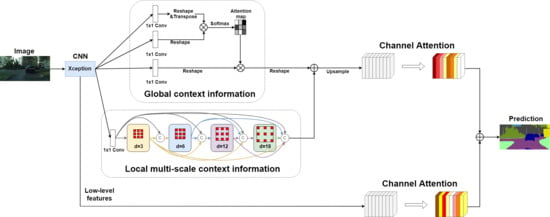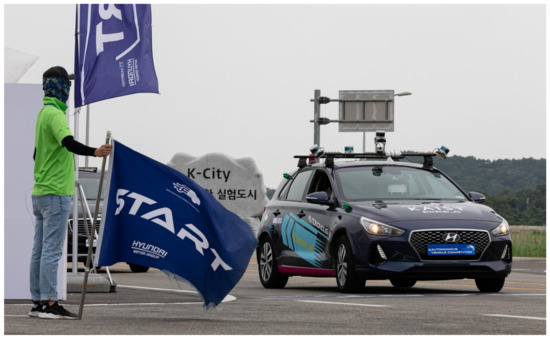Sensors 2020, 20(10), 2917; https://doi.org/10.3390/s20102917 - 21 May 2020
Cited by 4 | Viewed by 3780
Abstract
Infrared attenuated total reflection (ATR) spectroscopy is a common laboratory technique for the analysis of highly absorbing liquids and solids. However, in a process environment, maintaining a sufficient sample exchange and cleaning of the sensitive surface of the element is a crucial issue.
[...] Read more.
Infrared attenuated total reflection (ATR) spectroscopy is a common laboratory technique for the analysis of highly absorbing liquids and solids. However, in a process environment, maintaining a sufficient sample exchange and cleaning of the sensitive surface of the element is a crucial issue. An important industrial application is the measurement of isocyanate concentrations. Isocyanates are necessary for the fabrication of polyurethane materials and are among the chemicals with the highest production volume worldwide. For process applications, narrowband photometers or MEMS spectrometers are more appropriate than the use of bulky FTIR instruments frequently encountered in a laboratory environment. Toluene diisocyanate (TDI) and hexamethylene diisocyanate (HDI) concentrations are measured with a planar ATR photometer setup. Using a miniature Fabry–Perot interferometer (FPI), trace concentrations below 100 ppm (m/m) are detected. By employing an ATR element of the cylindrical shape, sensors can be realized with a smooth surface ideally suited for an automatic cleaning system in a process environment. A laboratory setup with sapphire tubes as ATR elements for incorporation in a liquid flow system is described. Reflection and transmission configurations were investigated. Measurements with acetonitrile as a less toxic substitute showed that with cylindrical ATR sensors’ detection limits for isocyanate concentrations below 100 ppm (m/m) are feasible.
Full article
(This article belongs to the Section Chemical Sensors)
►
Show Figures


